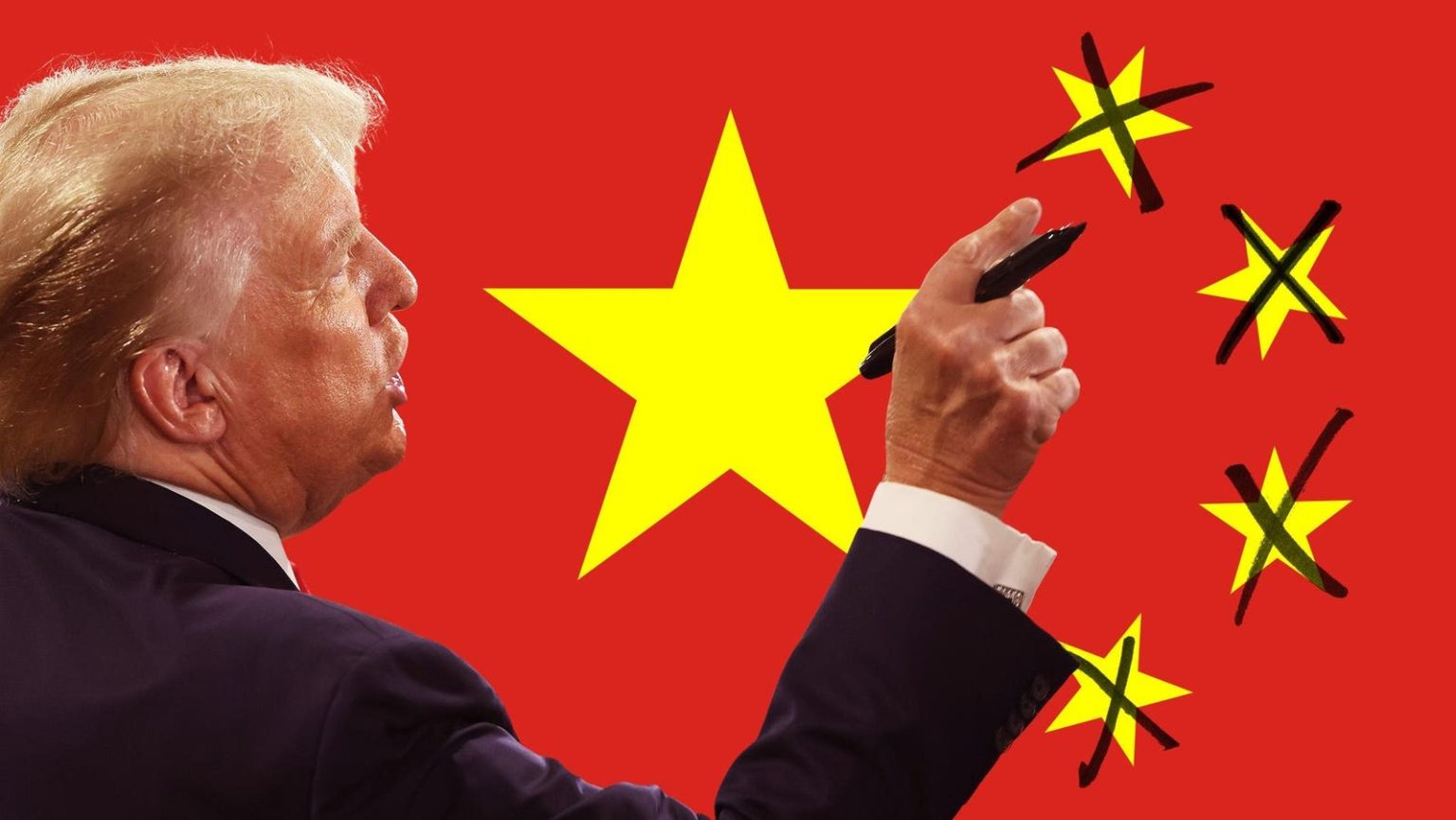For decades, Vietnam has strategically positioned itself as a manufacturing hub for major multinational corporations, such as Apple, Samsung, and Intel. With the incoming Trump administration’s promise of imposing substantial tariffs on imported goods into the United States, many observers speculate that Vietnam stands to benefit significantly. In his campaign, President-elect Trump emphasized the goal of revitalizing American manufacturing, vowing to bring industries back to the U.S. from locations like China and Mexico. However, the anticipated speed and scale of this reshoring is questionable, as experts believe that a significant portion of the manufacturing that would have typically returned to the U.S. is more likely to shift to Vietnam. Jason Miller, a professor of supply chain management, indicates a paradigm shift whereby goods that once bore the “Made in China” label may soon proudly display “Made in Vietnam” instead.
Over the past few years, many companies, including tech giants and conglomerates such as SpaceX and the Trump Organization, have made considerable investments in Vietnam. This shift is partly due to the need for foreign entities to diversify their manufacturing operations away from China amidst geopolitical tensions and trade challenges. The unique political climate in Vietnam—a single-party authoritarian state—allows it to swiftly implement business-friendly regulations and policies to attract foreign investment. The country’s geographic advantages, being neighborly to China and equipped with some of the busiest ports in the world, further facilitate trade logistics, making it an appealing option for firms looking to optimize their operations amidst tumultuous trade environments.
As Vietnam eagerly anticipates a surge in investments spurred by the U.S. tariffs on imports, the governmental focus is also pivoting towards facilitating high-tech development. Anh Ngoc Tran, a prominent scholar and former adviser to the Vietnamese prime minister, stresses the importance of attracting multinational corporations that bring diverse ecosystems of suppliers. As Vietnam seeks to make the leap from a reliance on low-cost manufacturing to high-value sectors like biotechnology and semiconductors, it aims to redefine its economic identity. Policymakers are now exploring ways to create an environment conducive to advanced manufacturing while abandoning the country’s historical dependence on textiles and footwear.
Vietnam’s rapid growth in manufacturing for the electronics sector traces back to the early 2000s, fueled by the exit of firms from China due to rising labor costs. The entry of companies like Samsung and Intel set a precedent that encouraged smaller suppliers to establish factories in Vietnam. The visible shift in economic dynamics saw the United States’ trade deficit with Vietnam increase significantly, nearly tripling since 2004. Although tariffs introduced by the Trump administration aimed to incentivize American manufacturing, they led to an increase in production being relocated to Vietnam and other nearby Asian countries, solidifying the nation’s role as a critical player in the global supply chain. Consequently, Vietnam’s GDP has consistently outpaced its neighbors, indicating its growing economic vitality.
The recent years have shown a marked rise in Vietnamese exports, especially in electronics, as firms adapt to the shifting landscape induced by tariffs on Chinese goods. In parallel, significant investments are cementing Vietnam’s status, such as the establishment of warehouses by logistics giants like Maersk, and major companies like Lego investing in manufacturing sites. This pattern of growth is indicative of a broader trend wherein Vietnam is poised to handle diversified products for a global consumer base, effectively leveraging trade opportunities that arise from the increasing friction between the U.S. and China.
The environment is also ripe for domestic investors, as there is an observable trend of increased investment in sectors supporting the burgeoning middle class. With specific shifts toward logistics and clean energy, firms like Vina Capital are increasingly eyeing opportunities linked closely with Vietnam’s expanding consumer base. Notably, domestic investment also sees a reflection of international interest, as exemplified by projects being spearheaded by the Trump Organization, showcasing not just foreign capital but also a thirst for development in the hospitality sector. In light of the undeniable potential for manufacturing and business expansion in Vietnam, the trajectory seems clear: the country is on an accelerated path to becoming a significant global manufacturing player, capitalizing on the shifting balance of international trade relations.

